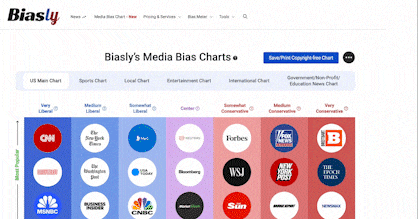
The COVID-19 pandemic introduced an era of uncertainty that touched every corner of society, stirring up economic and societal turbulence. Amidst the chaos, the media became the essential bridge conveying COVID-19 updates to the public. However, this information exchange birthed an unexpected consequence: political polarization. Suddenly, COVID-19 was no longer just a scientific or health conce
rn—it morphed into the year’s biggest political headline. News outlets and social media platforms alike became battlegrounds of extreme language, biases, and personal attacks, reminding us tha
Continue For Free
Create your free account to see the in-depth bias analytics and more.
By creating an account, you agree to our Terms and Privacy Policy, and subscribe to email updates.
Continue
Already a member? Log in
Subscribe
t even in a global crisis, polarizing narratives can dominate the conversation.

Author
Most Popular
Premium Analysis
- Racial Bias: How It Shapes Media Coverage and Public Perception
- Comment Wars: How User Discussions Influence Our Understanding of Media Bias
- Are Trends in Polarization Increasing or Decreasing since Covid?
- Is citizen privacy at greater risk since COVID?
- Entering Politics in a Divisive Environment: A Guide for Young Adults























